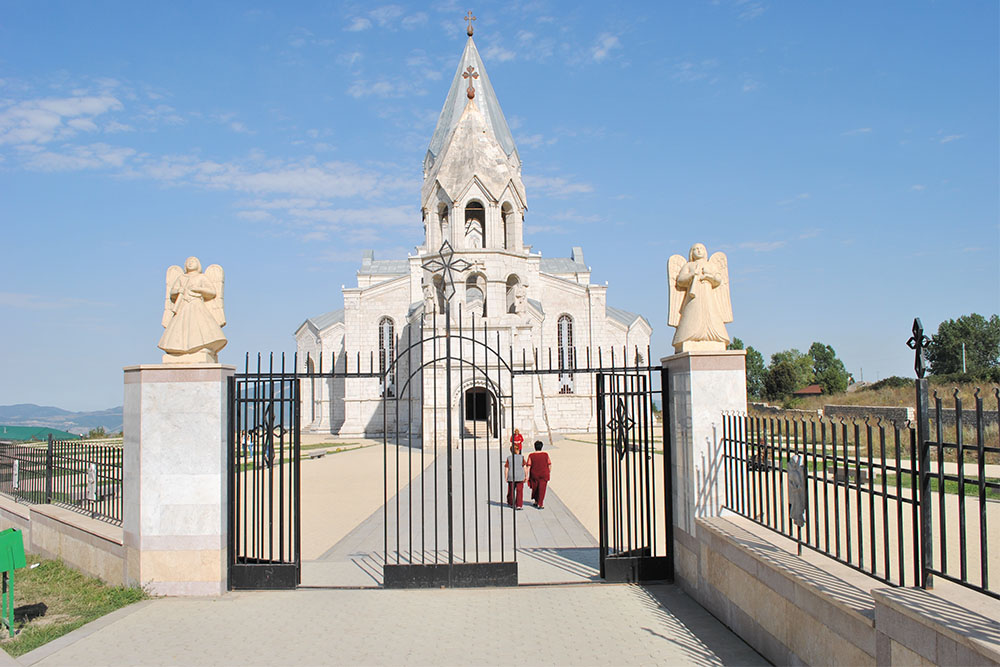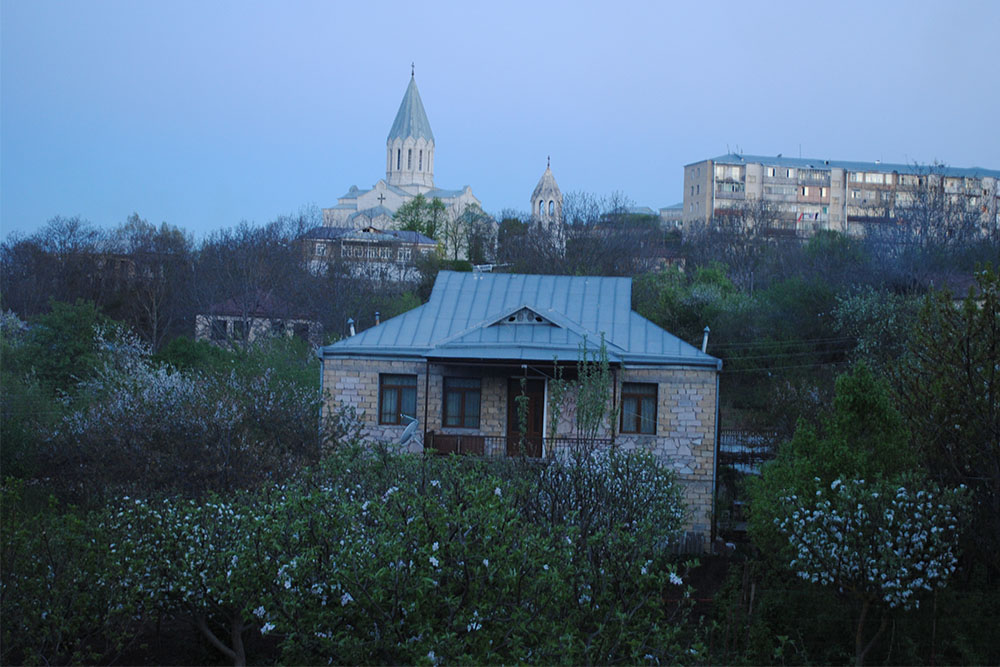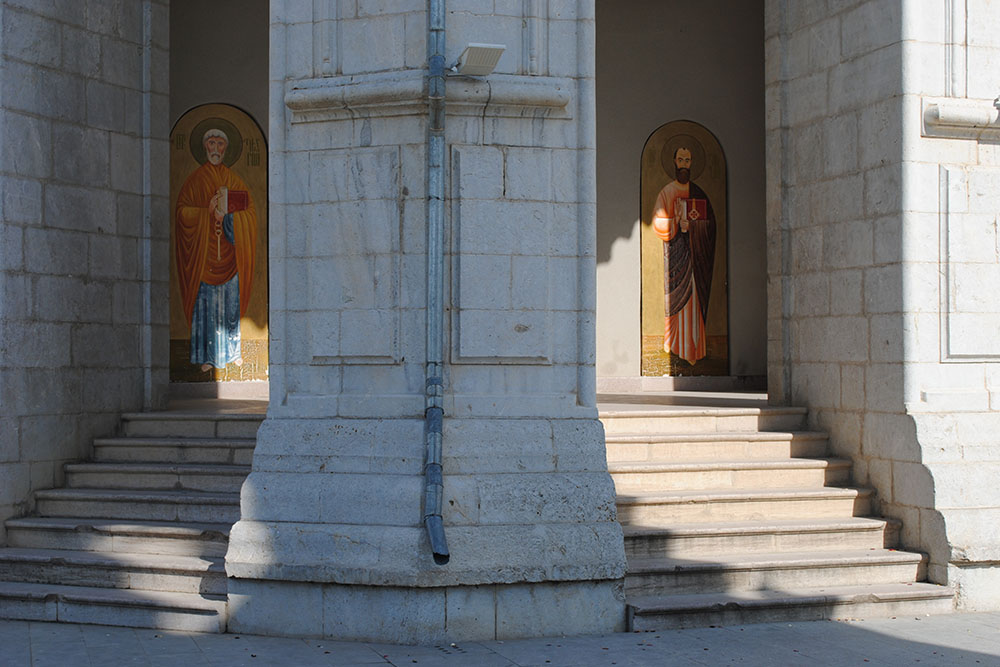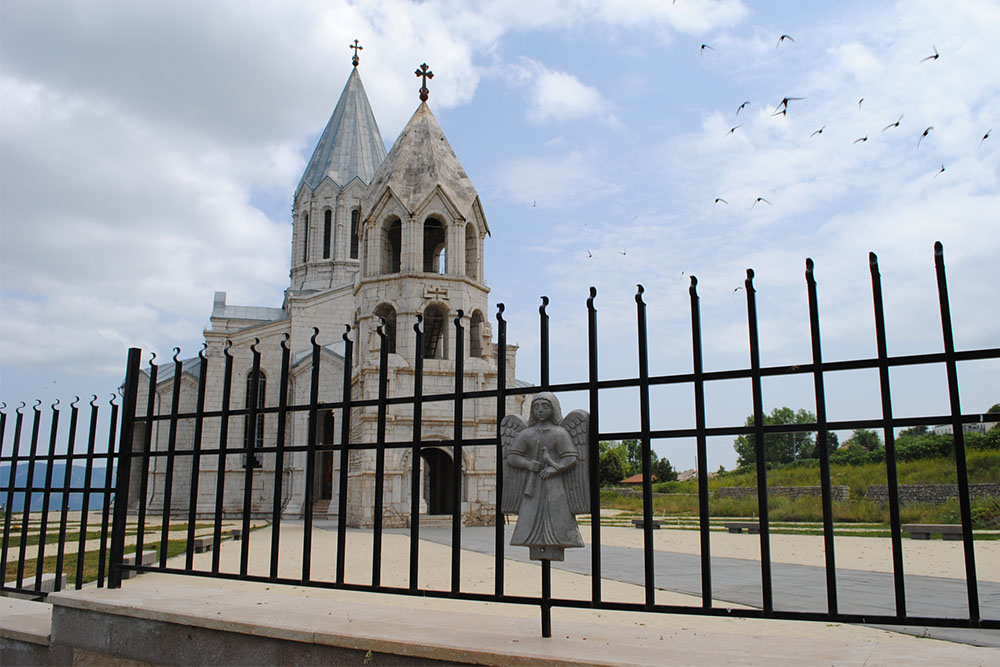Unbeknownst to many, the world is not all sunshine and rainbows. While it may appear to be this way in our little bubble, it is simply not the case everywhere.
In fact, there are many different countries that face death and destruction on a near daily basis. Countries that are full of people who are simply struggling to survive every single day. Countries that have remained unheard for centuries.
Like Armenia, for example.
Armenia is a small country located in Europe that shares its borders with Turkey, Georgia, and Azerbaijan. Long known for its beautiful scenery, stoic people, and amazing architecture, it also happens to be one of the earliest Christian civilisations on the planet. This makes it home to hundreds of world’s most incredible religious sites.
However, many of them are currently in danger.
Over the last century, Armenia faced numerous invasions from neighbouring countries, before eventually falling to the Soviet Union in the 1900s. Then, after regaining independence in 1991, it was drawn into a bloody war with Azerbaijan – a country set on wiping out its religious history completely.
Including the amazing Ghazanchetsots Cathedral.

The History of Ghazanchetsots Cathedral
The Ghazanchetsots Cathedral is an Armenian Apostolic church located in in Shusha (known to Armenians as Shushi). It is one of the most important Artsakh sites of the ancient Armenian Apostolic Church.
According to historical records, a small basilica church stood on the current premise of Ghazanchetsots all the way back in 1722. This church served as a religious site for the local Christian community of the area, and as a haven during times of invasion.
During the 18th century, the city of Shusha become a major centre for Armenian cultural activity in the region – and it was this community that drove for the development of a new Armenian cathedral.
The construction of the church began in 1868 and was completed in 1887. The church was designed by the amazing architect Simon Ter-Hakobian, and it was finally consecrated on the 20th of September in 1888.
But its reputation as one of the most important Armenian religious sites did not last.
Most of the Armenian population of Shusha was massacred or expelled in March 1920 during the Russian invasion. It was during these attacks the cathedral was damaged, and as a result, it gradually fell into disarray over time.
The cathedral was eventually closed down completely in 1930 due to the Atheist policies of the Soviet Union, and then in the 1940s, it was turned into a granary by the Russian people. Appallingly, its dome and part of the walls surrounding it were destroyed in the 1950s.
Not long after the building itself was also destroyed and looted, with its stones being used to build several upscale houses in the city.
By the 1970s the cathedral looked like the victim of an air raid.
Finally, after an absurd amount of public pressure, Soviet and Azerbaijani authorities granted permission for the launch of a restoration project of the cathedral in the 1980s. The restoration began in 1981 and continued until 1988 – however, it was never quite returned to its former glory.

The Modern Rise
During 1988, after the withdrawal of the Soviet Union, Azerbaijan attacked Armenia – leading to what is now known as the first Nagorno-Karabakh war.
During this time the Armenian people of Shushu were expelled from the city, and the cathedral was turned into an Armory by Azerbaijan. Then, shockingly, the cathedral was set on fire three times between 1988 and 1991 by the Azerbaijan army.
The stone statues of the angels on the bell tower of the cathedral were also removed, and its bronze bell sold off to support the purchase of more weapons.
In the mid-1990s, the city of Shushu was reclaimed by Armenian, and Armenian volunteers (including famous activist Igor Muradyan) quickly carried wooden boxes of artillery and rocket shells out of the church after its recapture.
The flag of Armenia was raised on top of the damaged dome by Armenian troops, however, only a stone skeleton remained of the magnificent structure,
The cathedrals restoration began soon after its recapture, and by 1997, it was the only building being restored in Shushu. The restoration was conducted by Volodya Babayan, and primarily funded by Andreas Roubian, an Armenian evangelical benefactor from New Jersey,
Clean-up and furnishing were finally completed in May 1998, and the cathedral was reconsecrated on the 18th of June.
The reconstruction of the cathedral was thought of as a cultural process that helped restore Armenian cultural heritage to the region, while acting as a spiritual and physical ‘rebirth’ of the Armenian nation.
There is a reason as to why the Ghazanchetsots Cathedral is so important to the Armenian people.

The Modern Fall
Unfortunately, Armenia had no respite.
On the 8th of October 2020, the cathedral was struck twice by Azerbaijan shells, causing part of the roof to collapse.
This was a disgusting act, as there was no evidence indicating the church was used for military purposes, it was an intentionally targeted because it was simply a civilian object of cultural significance.
In short, it was an attack to the heart of the Armenian people.
The town of Shusha was captured by Azerbaijani forces on November 10, 2020. The cathedral was soon vandalised by the local Azerbaijani populace, its desecration immediate and soul-destroying. However, after the second Nagorno-Karabakh war, the Azerbaijani people begun a restoration of the church, attempting to reverse the damage they had done.
But this may not have commenced with good intent.
The Armenian people believe that this restoration is simply an attempt by Azerbaijan to wipe out the Armenian identity of the church by altering its original design. And in May 2021 this was proved correct, with footage being released showing the conical dome of the church had been removed and the church itself surrounded by ostensible scaffolding.
The Future of Ghazanchetsots
With the cathedral under Azerbaijani control, there is a very real chance that it will never return to the care of its people. That it will never be restored to its former glory. That it will never again serve its Armenian founders.
While Armenia has surprised the world with is strength and stoicism in the face of danger time and time again, this threat may be too much for them to face alone.
To retake the beautiful Ghazanchetsots Cathedral, they need the help and faith of the world.
Your help, and your faith.
